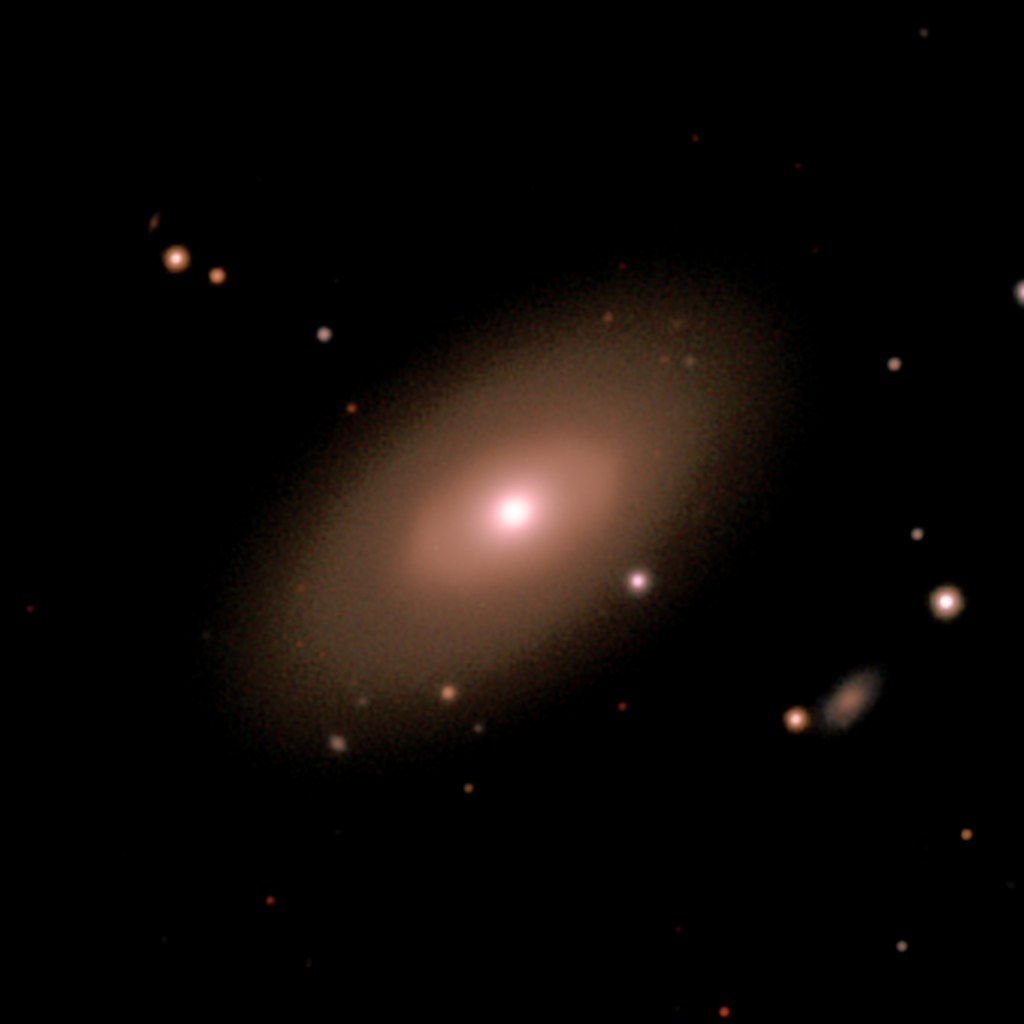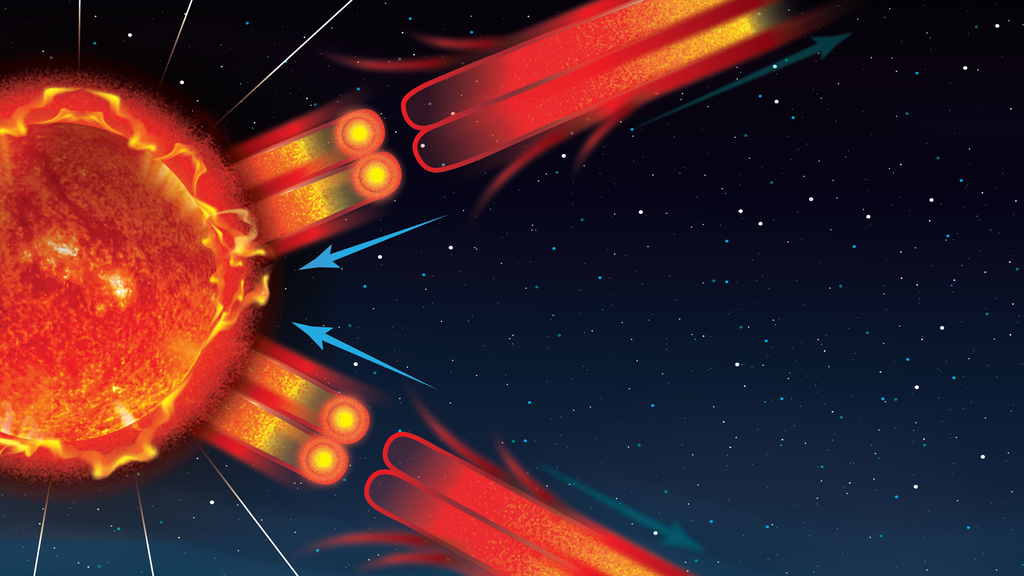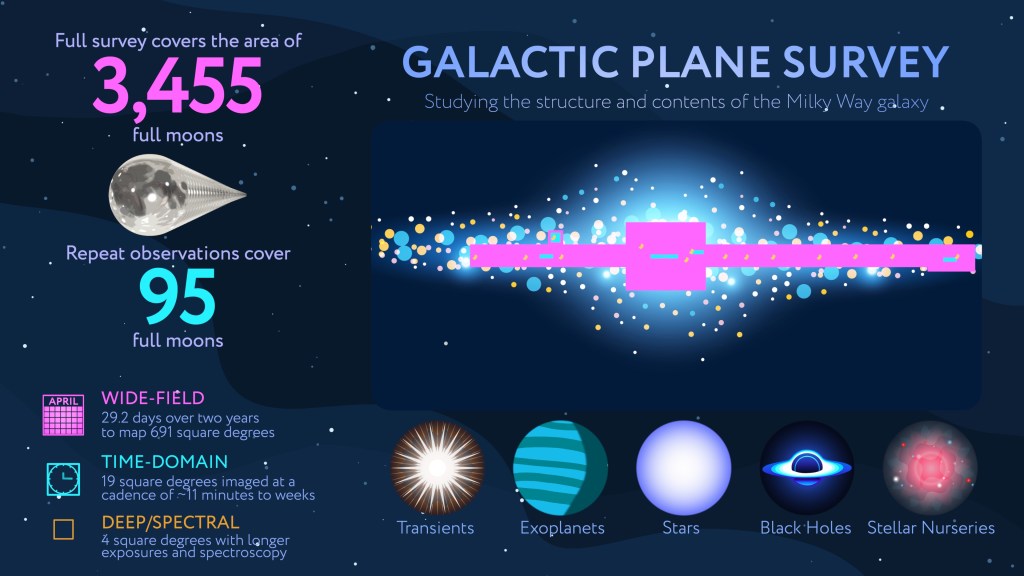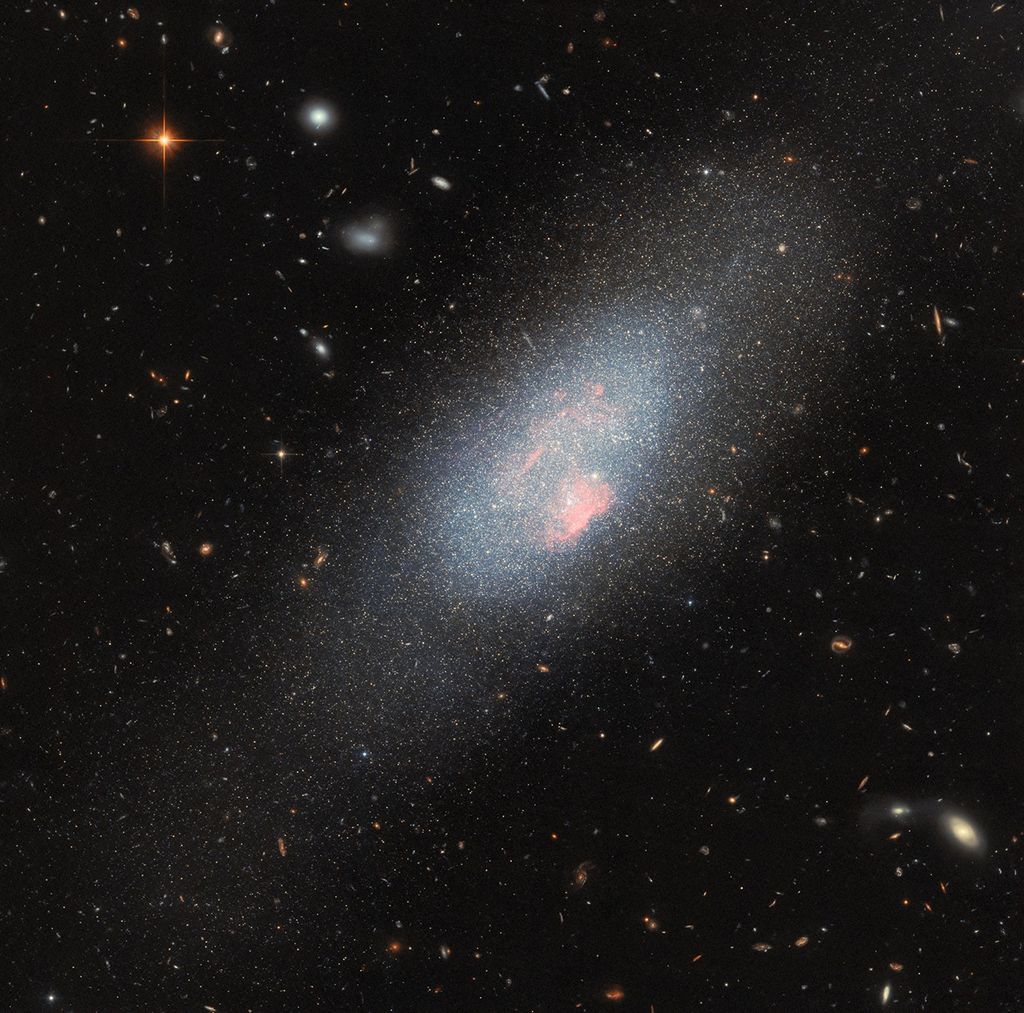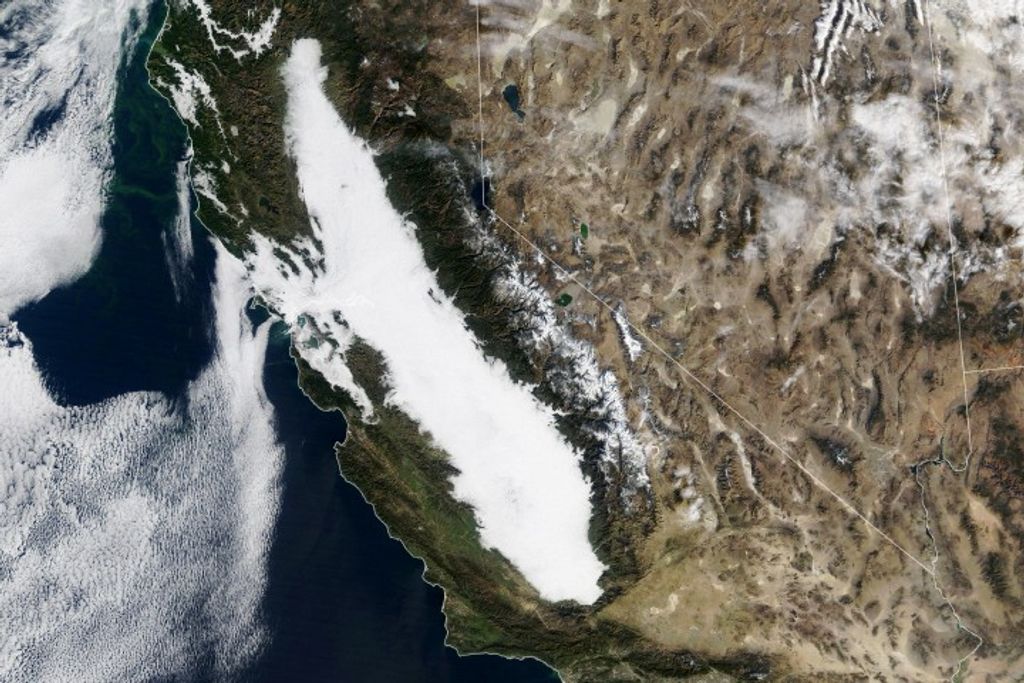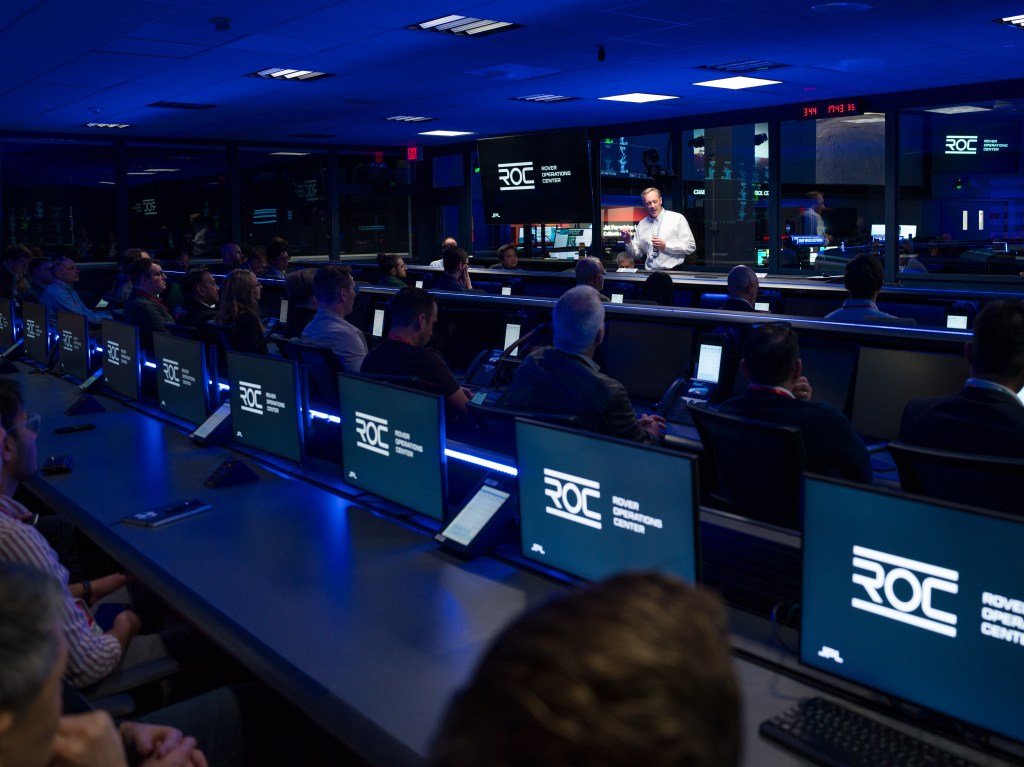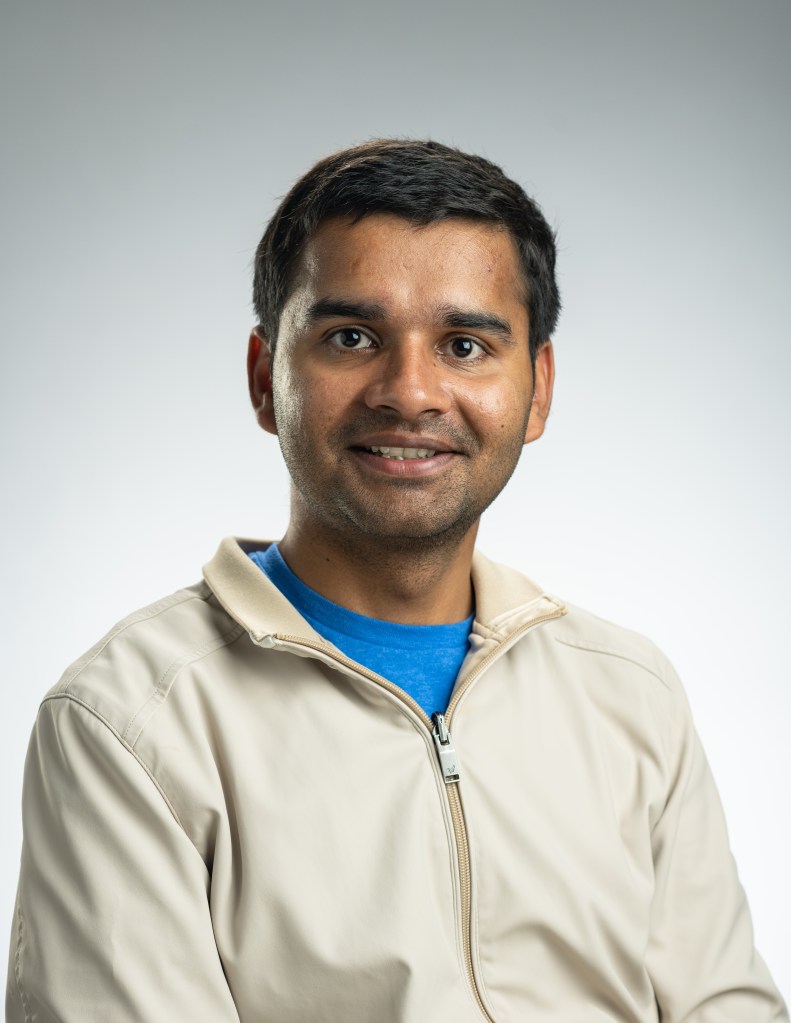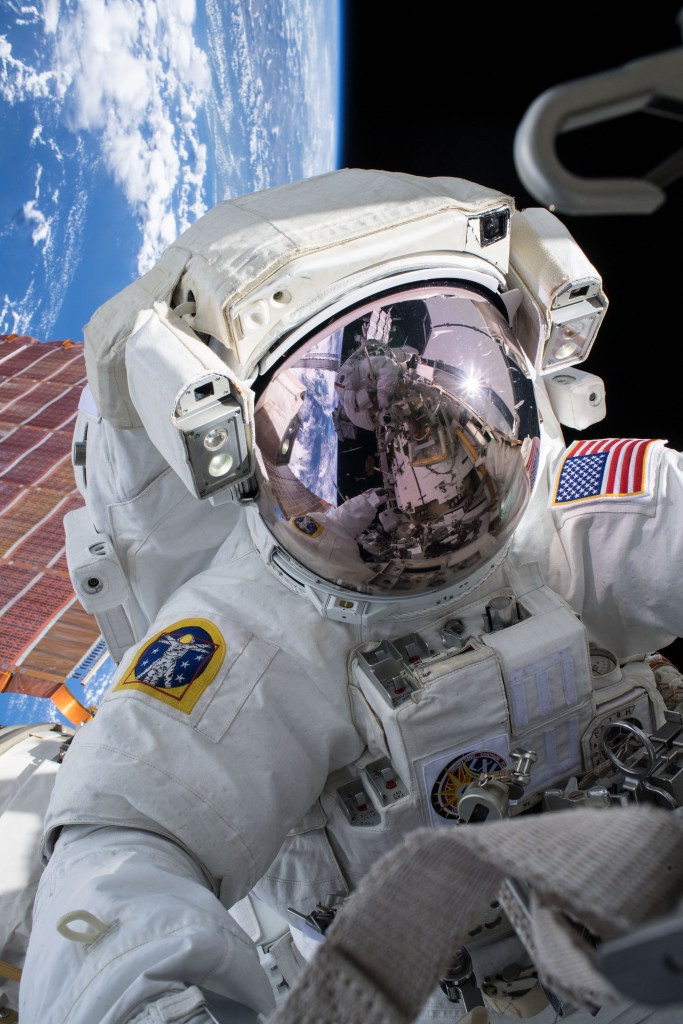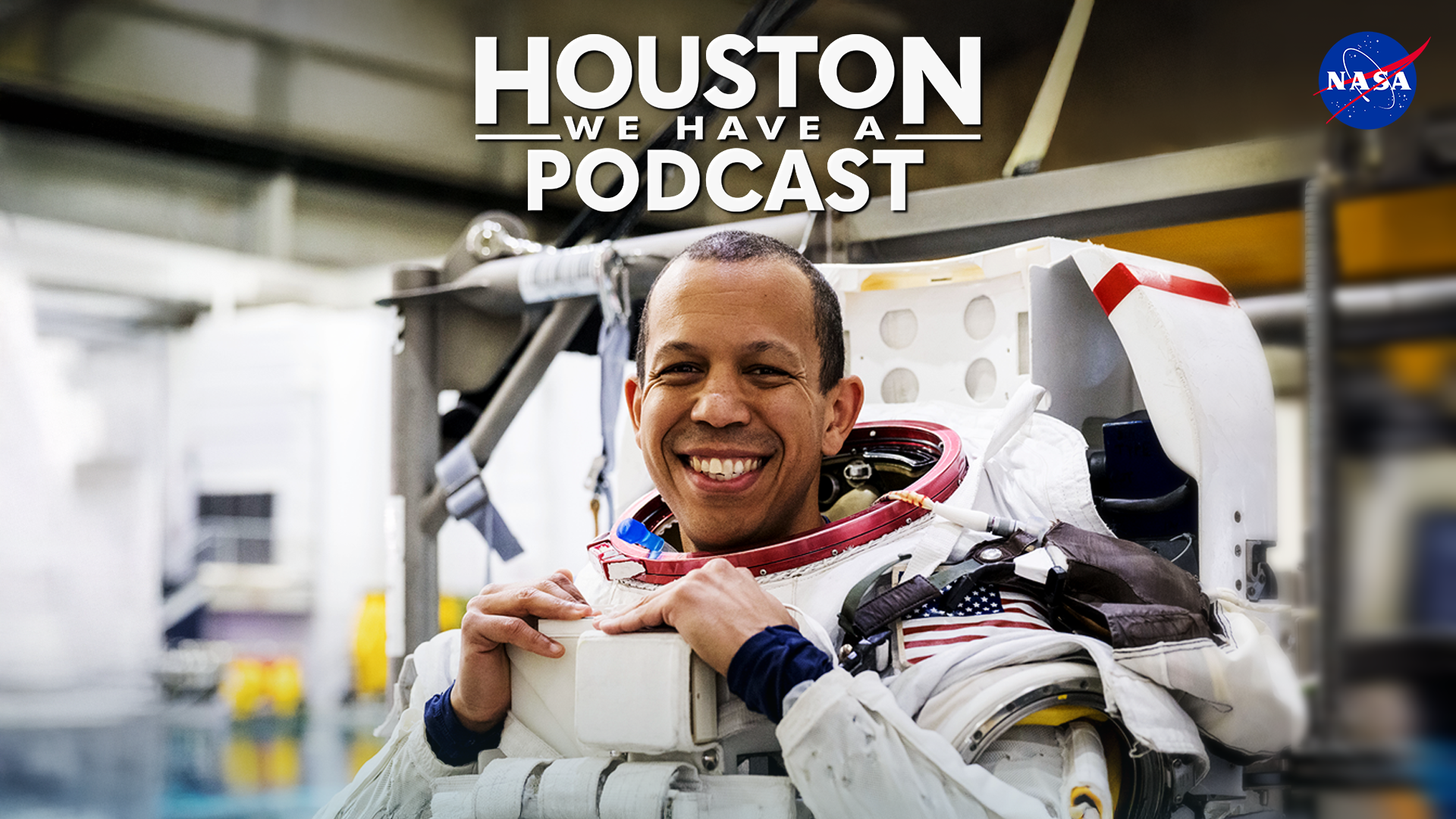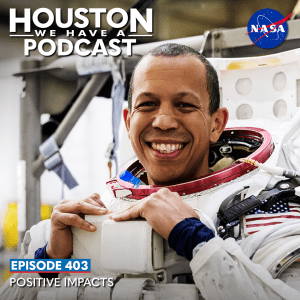
From Earth orbit to the Moon and Mars, explore the world of human spaceflight with NASA each week on the official podcast of the Johnson Space Center in Houston, Texas. Listen to in-depth conversations with the astronauts, scientists and engineers who make it possible.
On episode 403, NASA astronaut Chris Williams shares his journey exploring the early universe, cancer treatment techniques, and astronaut training before his first mission to the International Space Station. This episode was recorded July 8, 2025.
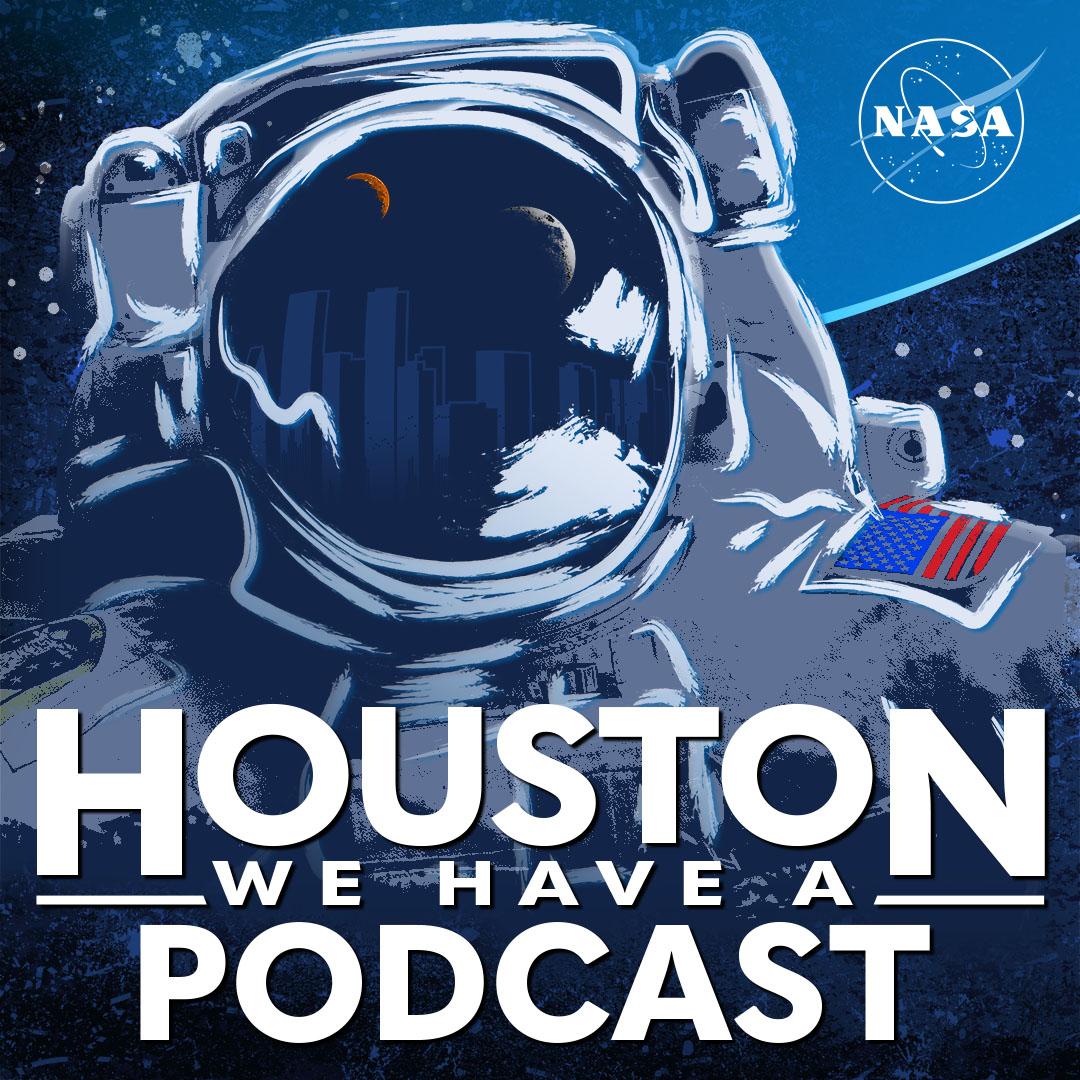
Transcript
Dane Turner (Host)
Houston We Have a Podcast. Welcome to the official podcast of the NASA Johnson Space Center. Episode 403: Positive Impacts. I’m Dane Turner, and I’ll be your host today. On this podcast, we bring in the experts, scientists, engineers, and astronauts, all to let you know what’s going on the world of human spaceflight and more.
The second member of Astronaut Group 23, also known as The Flies, is headed to the International Space Station. Chris Williams will be traveling to the ISS aboard Soyuz MS-28 to be part of Expedition 73 and 74 alongside the crew of NASA’s SpaceX Crew-11.
Chris grew up in Potomac, Maryland. He graduated from Stanford University in 2005 with a bachelor’s degree in physics, and earned a doctorate in physics from MIT in 2012 where his research was in astrophysics and early universe cosmology. He then became a board-certified medical physicist, completing his residency training at Harvard Medical School in Boston. Before he became an astronaut, he worked as a clinical physicist and researcher in the Radiation Oncology department at the Brigham and Women’s Hospital and Dana Farber Cancer Institute in Boston. His research focused on developing new image guidance techniques for cancer treatments, and he was the lead physicist for the institute’s MRI guided adaptive radiation therapy department. Let’s find out more about this multi-talented astronaut ahead of his first space flight.
Dane Turner
Chris, welcome to Houston We Have a Podcast. Thanks for coming on the show today.
Chris Williams
Oh, thanks very much for having me. I’m super excited to be here. I’m a big fan of the podcast, so it’s a it’s a real pleasure to be on it. Get a chance to be on it.
Dane Turner
That’s wonderful. So let’s start from the beginning. Where are you from, and what was life like growing up for you?
Chris Williams
Yeah. So I was born in New York City, but grew up mostly in Potomac, Maryland, so the DC suburbs. And yeah, I don’t, I was always, I don’t know where it came from, but I was always super interested in space and wanting to be an astronaut as far back as I can remember as a kid. And so that kind of led me down the path of wanting to be a scientist. And so I, you know, I kind of always grew up interested in science, interested in in exploring and wanting to kind of, kind of follow that, that path.
Dane Turner
You’ve got multiple physics degrees, bachelor’s from Stanford and a Doctorate from Massachusetts Institute of Technology. And you did research in astrophysics, radio astronomy, and cosmology. I’d love to know some more about what you were studying.
Chris Williams
Yeah, absolutely. So what I worked on for my for my doctorate, my PhD, was trying to study the very, very early Universe, and so the I can give you a really brief history of the universe in five minutes.
Dane Turner
That’d be great!
Chris Williams
So, we think the universe is about 13.8 billion or so years old. Our Earth has only been around for four and a half of that. But if you look at the universe today, we see a lot of structure. We see stars and galaxies with, you know, that are big, dense objects with the vacuum of space, you know, with nothing between them. But if you if you look back at the very early universe, and we have something called the cosmic microwave background, which kind of gives us this little baby picture of the universe at only 380,000 years old. And we see that at the time of the cosmic microwave background, the universe was super uniform, like to one part in 100,000 the same, everywhere. 70% hydrogen, 30% helium.
And over the intervening billions of years, little just areas of slightly higher density caused gravity to sort of collapse that super uniform, super homogeneous, super the same everywhere universe, down into the stars and galaxies we see today.
And one of the challenges is that, as astronomers, we look at stars and galaxies to tell us what’s going on in the universe. And before stars and galaxies existed, it’s kind of hard to figure that out. So one of the things that we can use is, I told you the universe is 70% hydrogen; well, hydrogen actually interacts with radio waves. It can produce or absorb radio waves. And so we can actually build an array of radio antennas that can look for this radio signal from hydrogen, and try to look at how did this sort of collapse of the universe happened from this very, very uniform universe to this clumpy universe where we have stars and galaxies today, to see how those first stars formed. So radio waves are a great way to do that. We’re also trying to use things like the James Webb telescope to look back for older and older galaxies. It’s all kind of different ways of getting. At this, this sort of time period of the universe that we call the epic of reionization, or the cosmic Dark Ages.
Dane Turner
That’s incredible. And so you were studying this cosmic background radiation, and you were you working on the antennas and arrays that you were using to study it?
Chris Williams
Yeah. So my, what I was sort of the most passionate about was working on the hardware and the instrumentation. And so the specific project that I worked on was something called the Murchison Widefield Array. And so it was an array of radio antennas that we were building and developing out in, actually, the Western Australia and Outback, basically. And so as a graduate student, I got to sort of travel out to the middle, middle- a very remote area of Western Australia, and, you know, sort of help build some radio antennas, hook them up, and, you know, sit in a little, sit in a little shipping container, trying to, you know, debug and write software to make them all talk to each other and produce images of the sky so that we could try to get at this, this, this signal from the epic of reionization. And we also learned a whole whole lot of other things too, about just what the sky looks like at these radio frequencies.
Dane Turner
That is absolutely incredible. So before you came to NASA, you were working as a clinical physicist doing cancer imaging research. How did you go from astrophysics to medicine?
Chris Williams
That’s a great question. And I mean, it’s, yeah, i It seems like a pretty big departure from what I’d been doing. So I- I’d kind of gotten interested in the idea of doing something in the medical field. A little bit further back when I, when I finished up with my undergrad, I was working at a research lab doing astronomy research, but sort of down the street from my house, there was a volunteer fire department. And I was like, oh, that sounds like something that could be kind of like fun and interesting to do or to get involved in. And so I started, I started volunteering. Got, you know, trained as an EMT and a firefighter, and started just sort of doing that on a volunteer basis. And I found that I really liked it. I think that, you know, there, I felt like I got a lot of satisfaction out of knowing that like, and when I went into work a shift that at the end of the shift, I would I would have really made a very direct and immediate positive impact on somebody’s life and so I kept doing that, you know, throughout grad school, volunteering as an EMT, and just really, really enjoyed it, and felt a lot of satisfaction about being able to help and give back in that way.
And as I was getting towards the end of graduate school, I, you know, like a lot of things, I kind of- opportunities kind of happened by happenstance sometimes. I was at a friend’s wedding where another one of my friends who was, who was a doctor, you know, was saying, hey, you know, there’s a big need for physicists in in medicine, in particular, in radiation oncology, where we use radiation to treat, treat cancer. And, you know, you’re saying, you know, you know a lot about physics, you and you seem to like some medicine stuff. So you should, you should check this out. And, you know, so it piqued my interest of something that I could, you know, maybe, maybe, maybe learn a little bit more about side it was something I had really never heard of before. And I, I ended up reaching out to a few folks that were in this field. And one of the, one of the people that I talked to was- had been an astronomer before and switched into medical physics, and said, you know, hey, give me a call. Well, I’ll, you know, I’ll tell you a little bit about what it was like. And I, was struck by, you know, how much of what I knew and had learned as an astronomer would actually, you know, be useful and apply very directly to medicine. And so, you know, a lot of what we do as a medical- so as a medical physicist, what you work on, or what I predominantly worked on was cancer treatments and how we can use medical imaging so CT scans and MRIs to more precisely and accurately target cancer with beams of radiation to treat the cancer, while doing as little sort of secondary damage as we possibly can. And a lot of the techniques that we use in imaging and figuring out how to, how to, you know, sort of how to localize it. A lot of the math behind that imaging is the exact same math that actually you use in a radio telescope to make an image. It’s a Fourier transform. And so it was kind of neat to see that, like a lot of the imaging processing, image processing techniques that I’d used as an astronomer actually carried over pretty directly into medicine and and then, you know, the beyond that this, the the approach you you build to thinking about how to attack problems, both in Research and operationally, how to build and execute things like that. You learn that I learned as an astronomer helped me to sort of help me, in general, approaching these problems in medicine.
Dane Turner
That’s so cool. You went from this radio oncology to then becoming a NASA astronaut. You joined the Astronaut Corps in 2021 as part of the class The Flies. Graduated from astronaut candidate training in 2024. What was training like?
Chris Williams
Yeah, training was was really just an absolute blast. It was a lot of fun. One of the things that I really have enjoyed about is that every single day is different, and you’re really getting to learn a whole bunch of skills in just a such a wide variety of different areas. You know, as a physicist and as a researcher, as a PhD, you know, I’m used to, in my professional career, digging really deep on on a subject, on one narrow subject. And I think for me, one of the most fun things about this job has been getting able, being able to explore a whole variety, whole wide variety of different skill sets. And so, you know, one day, you might be working on learning how to repair a system on the space station. You know, the next day you’re underwater in a spacesuit doing a mock spacewalk, where you’re, you know, learning how to how to repair something on the outside of the International Space Station. The next day, you’re flying in a T-38 learning aviation skills and teamwork in a fast paced environment. Every day is different, and I think that that’s been one of the most fun things for me.
Dane Turner
How soon after graduation did you get picked up for your Soyuz flight?
Chris Williams
I was, I was pretty lucky in that, basically, right at the end of as can training, I got, I was lucky enough to get the call from our chief to, hey, you know, want to talk to you about something. And got, got assigned to this mission. So I went right from my ASCAN training into my studies assignment. That’s been a lot of fun.
It’s kind of interesting. I think there’s a, you know, a lot of you know, I get to talk with a lot of my classmates. And you know, after you finish your candidacy training, we’ll, we’ll work on a lot of jobs around what we call ground jobs, but we’ll work on other positions, things like being a capsule communicator or Capcom, or help work on some of the development programs for you know, like how we’re trying to get back to the moon and then on to Mars. And you get a lot of experience, sort of working in NASA beyond just sort of your crew member training. And so one of the things that’s been a big challenge, going straight from my ASCAN training into being assigned, is trying to pick up the things like, oh, you know, how do I get some experience working in Mission Control? How do I get some experience, you know, doing other things that will really benefit you when you’re on the space station.
Dane Turner
How has it been training in both Houston and Russia for this flight?
Chris Williams
Yeah, it’s been, it’s been a really interesting experience, and, and really tough, you know, you have to spend a lot of time away from home, which is, which is a challenge. I got young kids, and so I give my wife a ton of credit, and, and I’m super appreciative of of, I think her doing the harder job of, you know, making sure everything is all right back here, while I’m over, over in Star City training, and it’s been really interesting. I think, you know, there’s, there’s just so much history with the Soyuz program, and being able to be a part of that is just absolutely incredible.
Dane Turner
As an ASCAN are you exposed to any of the the Russian Soyuz type training before you graduate?
Chris Williams
Not really. We get, we get a couple little core little classes and introduction to it. We have in our space vehicle mock up facility here at JSC, at JSC, we have, we have a Soyuz mock up. And, you know, well, we, I think, as part of our ASCAN Training, we poked our heads into it and looked at it and like, okay, you know, that’s what, you know, that’s what, that’s what a Soyuz looks like. And they fit check us to make sure that we’ll, we’ll fit in the seat. Can be a tight squeeze.
Dane Turner
It’s a little capsule.
Chris Williams
It’s a little capsule though. I mean, it’s more spacious than I think I thought at first, but it’s still still pretty tight squeeze, so, but in terms of how it works, and and all and and everything, we didn’t get too much of exposure to that, so I think that’s been really interesting and a great education to figure that out.
Dane Turner
So let’s talk about the upcoming mission itself. You’re headed to the ISS aboard Soyuz, MS-28 with two cosmonauts. Can you tell us a little bit about your crew?
Chris Williams
Yeah, absolutely so I am headed up. That’s absolutely right on MS-28 our commander is Sergey Kud-Sverchkov. This will be his second space flight. He. A he flew a few years ago on another Soyuz, and then the the flight engineer is going to be Sergey Mikayev. So got Sergey and Sergey and and he’s, he’s also a rookie, just like, just like me, and then I’m filling the third seat. And so we’re, it’s a really great crew. Sergey and Sergey are both just absolutely wonderful people, really kind, super interested, super intellectually curious, which is really fun. Had a lot of really, really great discussions, just talking and talking about things. And it’s been been wonderful to both spend some time with them over in Star City, and also to be able to spend some time with them in Houston through our training.
Dane Turner
Are you with them a lot for your training? Or do you guys have times where you’re separated because of either being in different countries or other factors?
Chris Williams
Yeah, I would say that we, we sort of go back and forth. For a lot of my training period, I would say it’s kind of roughly for the first year of your Soyuz training, you’re kind of a month here, a month in Star City, a month here, a month in Star City. And so when I’m over there in Star City, we’re doing a lot of Soyuz simulations together. So we’re spending a lot of time, sort of the three of us in a small capsule for, you know, several hours at a time, you know, in suits, running through, you know, running through sort of mock scenarios of of what would happen on launch, on rendezvous, on on on departing the station, as well as in the ISS trainers. So you know, in addition to just training for the Soyuz portion of our flight, we also work together as a crew for things like emergency scenarios on board space station. So we do get to spend a lot of time together, but they also get to spend some time at home, just like I get to spend some time at home as well. So, yeah.
Dane Turner
What are your goals on your mission aboard the space station?
Chris Williams
Yeah, I’ve got a lot of different goals, but I think the biggest one, and the thing I’m most excited about is to truly be able to put my training into practice, and to hopefully, really, you know, hopefully, my goal is to do a really good job to push forward the science and research that we’re doing on on the space station. I think it’s incredibly important. I think it’s incredibly interesting and incredibly inspiring, and I feel really lucky to have the opportunity to contribute to that. And so I’m I’m really looking forward to be able to take all of the skills I’ve developed, both, you know, in my training, but also just in my life, and to bring those to bear and to hopefully make a positive difference in contribution. I’m also really excited to be able to look out the window, see a really incredible view of Earth, and hopefully share that. But I think the biggest thing for me is to to feel like I’m really giving back and helping to push our push our mission forward.
Dane Turner 17:52
A lot of the astronauts that we talked to have some personal goals when they’re on station, whether it’s looking out the window and getting some photos, or or doing their own science while they’re up there. Do you have anything like that?
Chris Williams 18:02
Yeah, you know, I think, I think, you know, I was certainly inspired by by Don Pettit and Matt, you know, a lot of we have some pretty prolific photographers. And my, I have a, I have a background in astronomy and imaging, and so I’m, I’m really curious to to get a little bit better with the DSLR cameras that we have up there, but also to try to do some, we’ll see if I can make it work. But to try to do some fun image processing experiments with maybe some some photos that that we can take, and to process them in interesting ways, to bring out some some neat features. So we’ll see if I’m able to get that done. But I want to, I want to really get good at photography, because I feel really lucky to have this just very unique picture, you know, perspective on Earth. And I want to take advantage of that.
Dane Turner
That sounds great. I can’t wait to see what you can do with that.
Chris Williams
Yeah, fingers crossed. We’ll see what happens.
Dane Turner
What are you most looking forward to about your time on the ISS?
Chris Williams
Yeah, yeah. I’m, yeah. I think I’m really looking forward to to feeling like I’m doing some, some really important and meaningful work and contributing. And I’m, I’m also just really looking forward to feeling what it feels like to be in space. We’ve, I’ve thought about it and, you know, dreamed about it since I was a kid and trained for it, you know, professionally for the last few years. I want to, I want to see what it’s actually like and, and, you know, see how, you know, space and, and, and being in sort of like micro G does, does all these interesting things to the body, and just sort of seeing how that will affect me personally, I think, is just, I mean, I’m personally interested, but also, I think really academically interested in understanding and thinking about, like, Oh, this is interesting. You know how it’s, how is my brain thinking about, you know, not having an up or a down? How is that changing, you know, my perspective literally, and seeing all that.
Dane Turner
Is there any way that your astrophysics background is going to be applied while you’re on the ISS?
Chris Williams
Oh, that’s a great question. I think you know indirectly for sure, with a lot of you know, sort of the ways you approach problem solving as a scientist. You know, I we do have a bunch of astrophysics oriented experiments going on, on, on the space station. And so I’m, I’m hopeful that I might get a chance to participate in some of those but, you know, I think one of the, one of the cool things about our job as astronauts is that, you know, we come in with different backgrounds, but we all sort of train to do everything. And so, you know, while I hope I get a chance to be a part of some of the more physics oriented experiments. I’m also equally excited to work on some of the biology or work on some of the other things that we’re also trained to do and and I think are super interesting and impactful as well.
Dane Turner
That’s so cool. Do you have any final thoughts today?
Chris Williams
Yeah, I mean, I’m just really excited to to share my journey and to share my my mission. I think, I think it’s, I feel incredibly lucky to have this opportunity, both to find space, but also to share that experience with with everyone. And I’m really looking forward to being able to do that.
Dane Turner
And we’re looking forward to seeing you up there on the space station, contributing to this mission and everything that you’re going to be doing up there. So thank you so much for coming on Houston. We have a podcast today.
Chris Williams
Thanks. It’s been my pleasure.
Dane Turner
Thanks for sticking around.
You can check out the latest from around the agency nasa.gov and you can find our full collection of episodes and all the other wonderful NASA podcasts at nasa.gov/podcasts.
On social media we’re on the NASA Johnson Space Center pages of Facebook, X, and Instagram. If you have any questions for us, or suggestions for future episodes, email us at nasa-houstonpodcast@mail.nasa.gov.
This interview was recorded on July 8, 2025.
I, Dane Turner, produce the show. Audio engineers are Will Flato and Daniel Tohill, and our social media is managed by Kelcie Howren. Houston We Have a Podcast was created and is supervised by Gary Jordan. Special thanks to the astronaut schedulers and John Streeter for helping us plan, set up this interview. And of course, thanks again to Chris Williams for taking the time to come on the show.
Give us a rating and feedback on whatever platform you’re listening to us on, and tell us what you think of our podcast. We’ll be back in two weeks,
3… 2… 1… This is an official NASA podcast.


